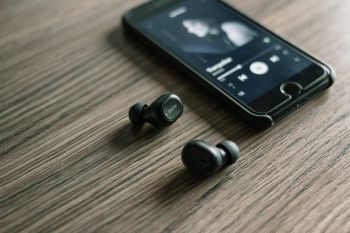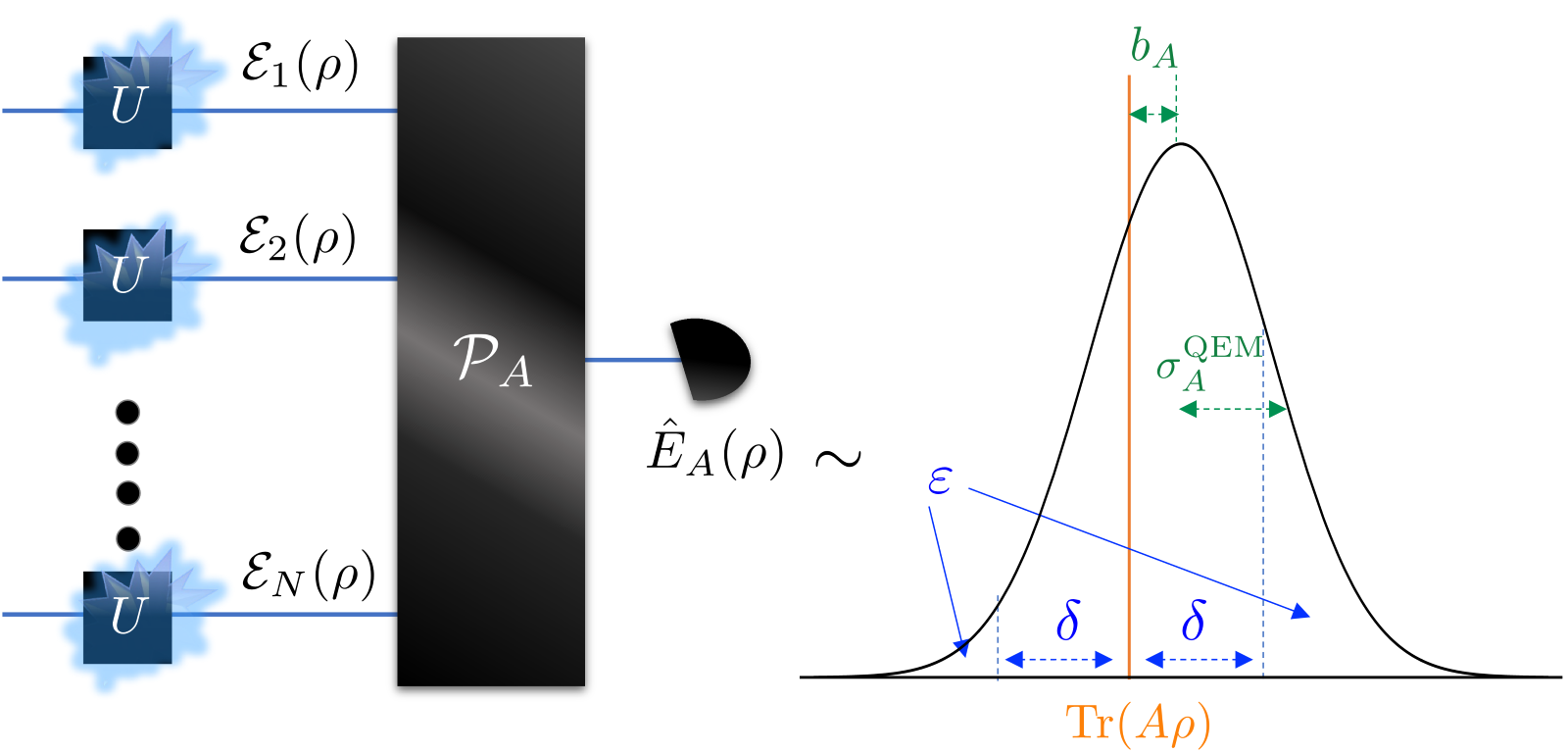2023-11-20 サセックス大学

◆この手法は、電磁変調ではなく電界変調を使用し、低消費電力でありながら、高いスループットを維持できるため、スマートフォンやウェアラブルデバイスのバッテリー寿命を向上させる可能性があります。
◆この技術を応用すれば、触れるだけでドアのロックを解除するか、握手で電話番号を交換することさえ可能になります。研究者たちは、産業パートナーシップを求め、この技術をさらに小型化して個人用デバイスに適用することを目指しています。
<関連情報>
- https://www.sussex.ac.uk/research/full-news-list?id=62668
- https://ieeexplore.ieee.org/abstract/document/10099133
BANマルチメディアアプリケーションのためのウェアラブル電界通信リンクの特性評価 Characterisation of Wearable Electric-Field Communication Link for BAN Multimedia Applications
Robert Cobden,Muhammad Zeeshan,Daniel Roggen,Robert J. Prance,Arash Pouryazdan
2023 IEEE International Conference on Pervasive Computing and Communications Xplore: 18 April 2023
DOI: https://doi.org/10.1109/PERCOM56429.2023.10099133
Abstract
Wearable mobile devices demand seamless connectivity with low power consumption for improved quality of user experience. Capacitively coupled communication that is based on sensing a low frequency modulated electric field (several MHz), is a promising alternative to conventional electromagnetic wave radio links. However, achieving reliable over-the-air as well as air-to-body communication through electric field remains a research challenge as the presence of the human body influences the performance of an e-field communication channel. Therefore, in this work, we first benchmark a system for air-to-air communication and then characterise the effect of orientation and distance between the transmitter and receiver nodes when the receiver node is worn on the body. The presented work is an adaptation of a system previously developed for a standalone air-to-air communication scenario [16]. As an application, we integrate the receiver node into commercial overhead headphones to create a wireless audio system, recovering and demodulating a binary frequency shift keying (BFSK) digital audio signal. The signal is transmitted through the varying electric field resulting from a 4.45 MHz alternating voltage applied to the transmitter electrode. We present the bit error rate (BER) performance of the channel for various on-body electrode configurations and transmitter-receiver orientations. The system is capable of transmitting 8-bit mono audio at a sample rate of 16 kHz (128 kbps) with a BER of less than 10 −6.7 at 50 cm, and less than 10 −4 at 75 cm,



